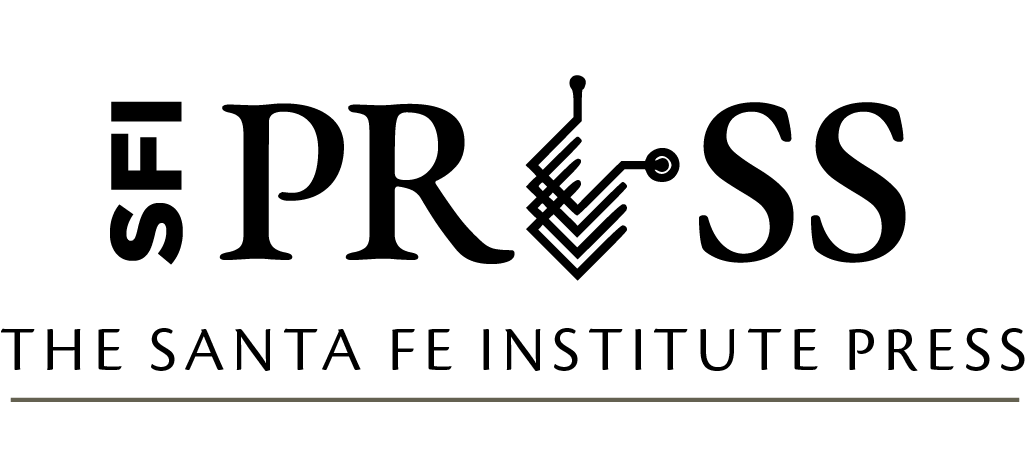Foundational Papers in Complexity Science pp. 2581–2607
DOI: 10.37911/9781947864559.81
Characterization of Complex Systems and the Evolution of Scientific Theories
Author: Miguel Fuentes, Argentine Society of Philosophical Analysis; Santa Fe Institute
Excerpt
One goal of scientific work is to understand the essential character of natural phenomena, or at least those processes and principles that lend to these phenomena, a maximum of illumination. There is at present some consensus that life should be understood in relation to the flow of information. As discussed in this foundational 1996 paper by Murray Gell-Mann and Seth Lloyd, consideration of information content supports any simplification required for an understanding of nature and provides a rigorous basis for discussing complexity.
In their collaborative work, Gell-Mann and Lloyd discuss how information metrics can be used to both characterize complex systems and provide a calculational framework for inference. This contribution is made in the context of a long history where “from time to time, an author presents a supposedly new measure of complexity” that might inform a principled taxonomy of pattern and process (Gell-Mann and Lloyd 2010). Their paper supports concepts previously explored by Gell-Mann, including effective complexity, an essential measure of regularity. It also generates solid bridges spanning information theory, the philosophy of science, and a variety of interdisciplinary discussions relating to knowledge acquisition and scientific advancement.
Bibliography
Fuentes, M. 2020. Scientific Dynamics and Complexity Measures (Spanish Edition). Buenos Aires, Argentina: Ed. Sadaf.
— . 2022. The Evolution of Scientific Theories (Spanish Edition). Valparaíso, Chile: Ediciones Universitarias de Valparaíso.
Gell-Mann, M., and S. Lloyd. 2010. “Effective Complexity.” In Murray Gell-Mann: Selected Papers, 39–402. Singapore: World Scientific.
Kuhn, T. S. 1962. The Structure of Scientific Revolutions. Chicago, IL: University of Chicago Press.
Shannon, C. E. 1948. “A Mathematical Theory of Communication.” The Bell System Technical Journal 27 (3): 379–423. https://doi.org/10.1002/j.1538-7305.1948.tb01338.x.
